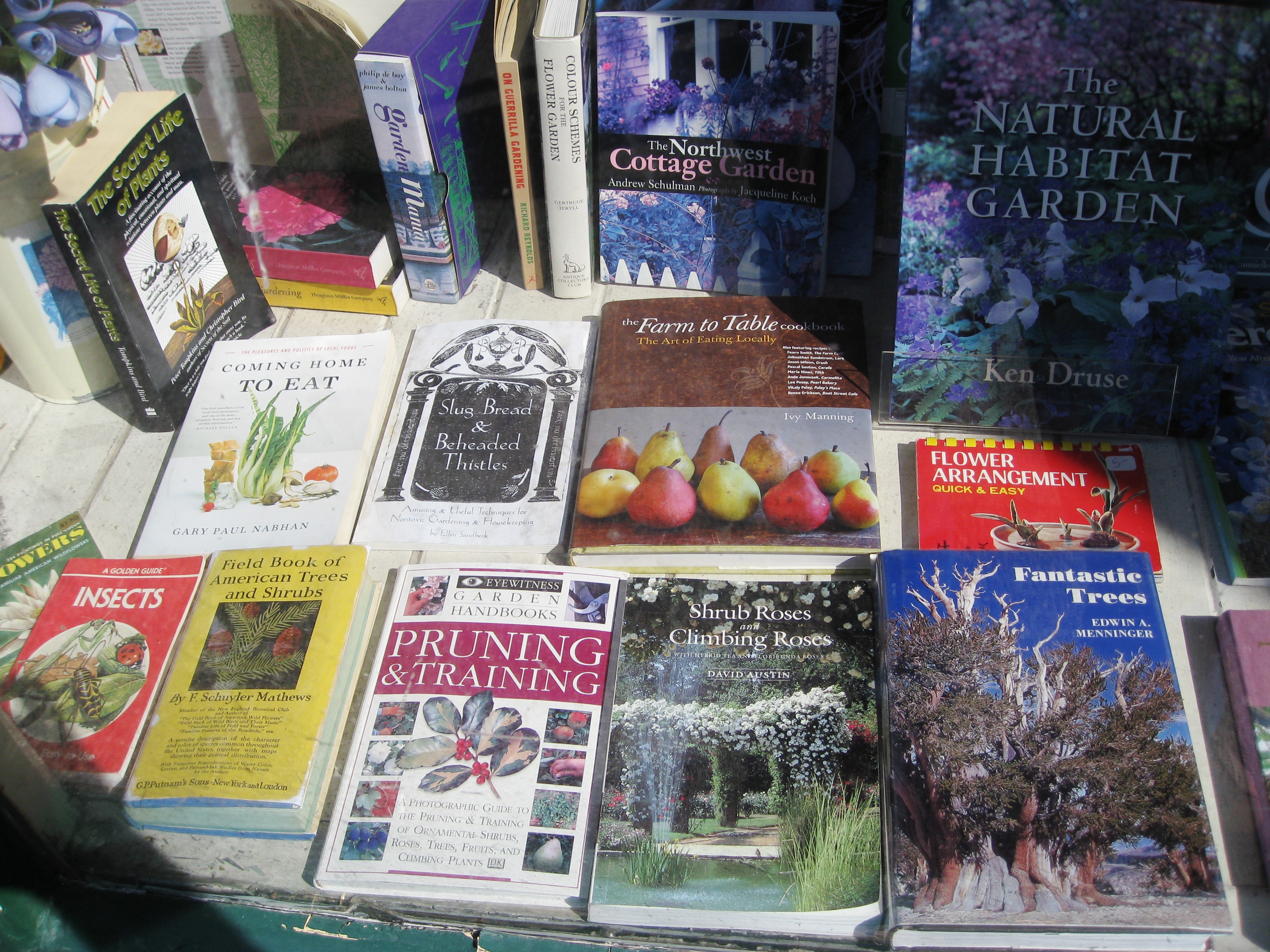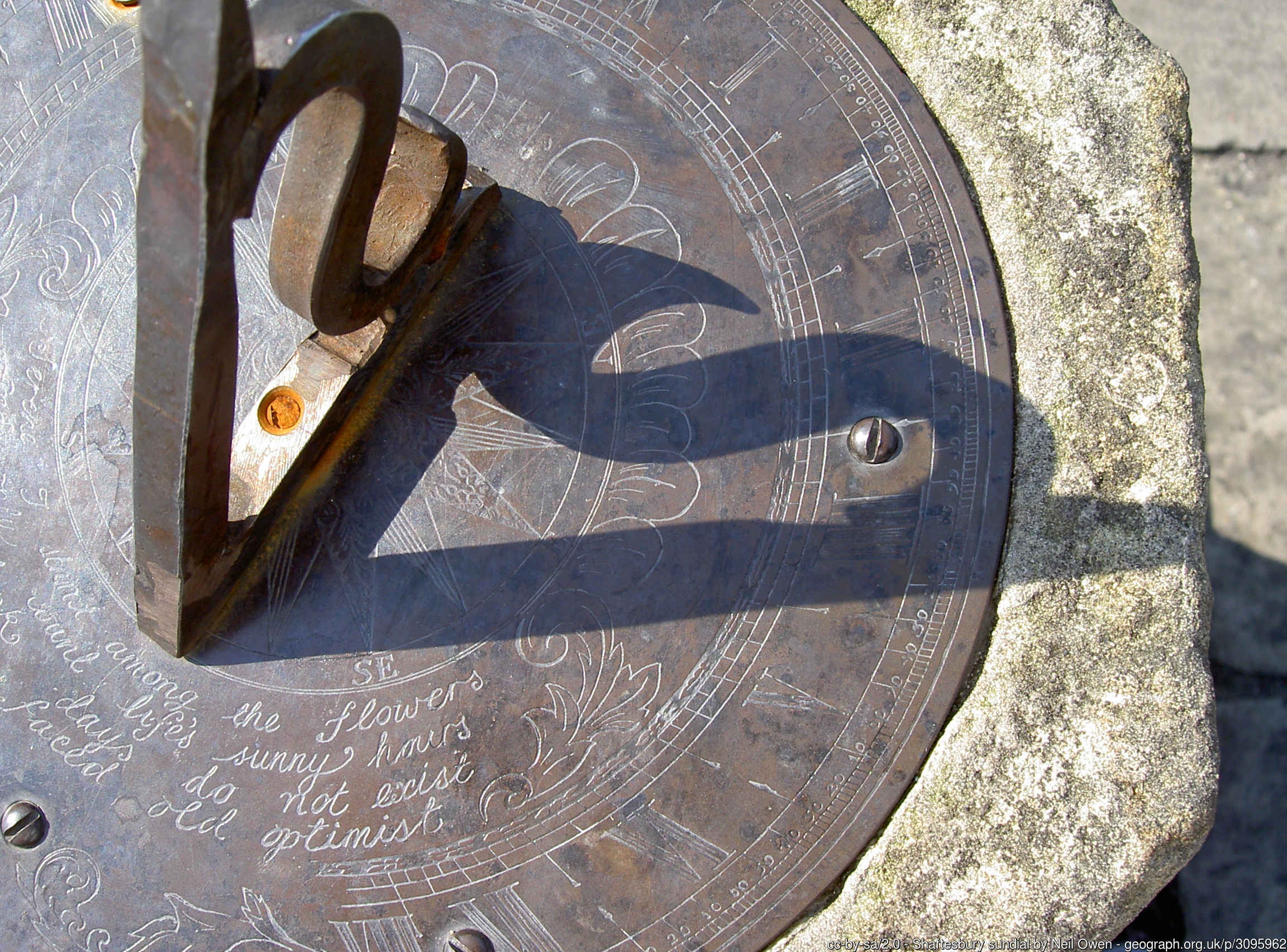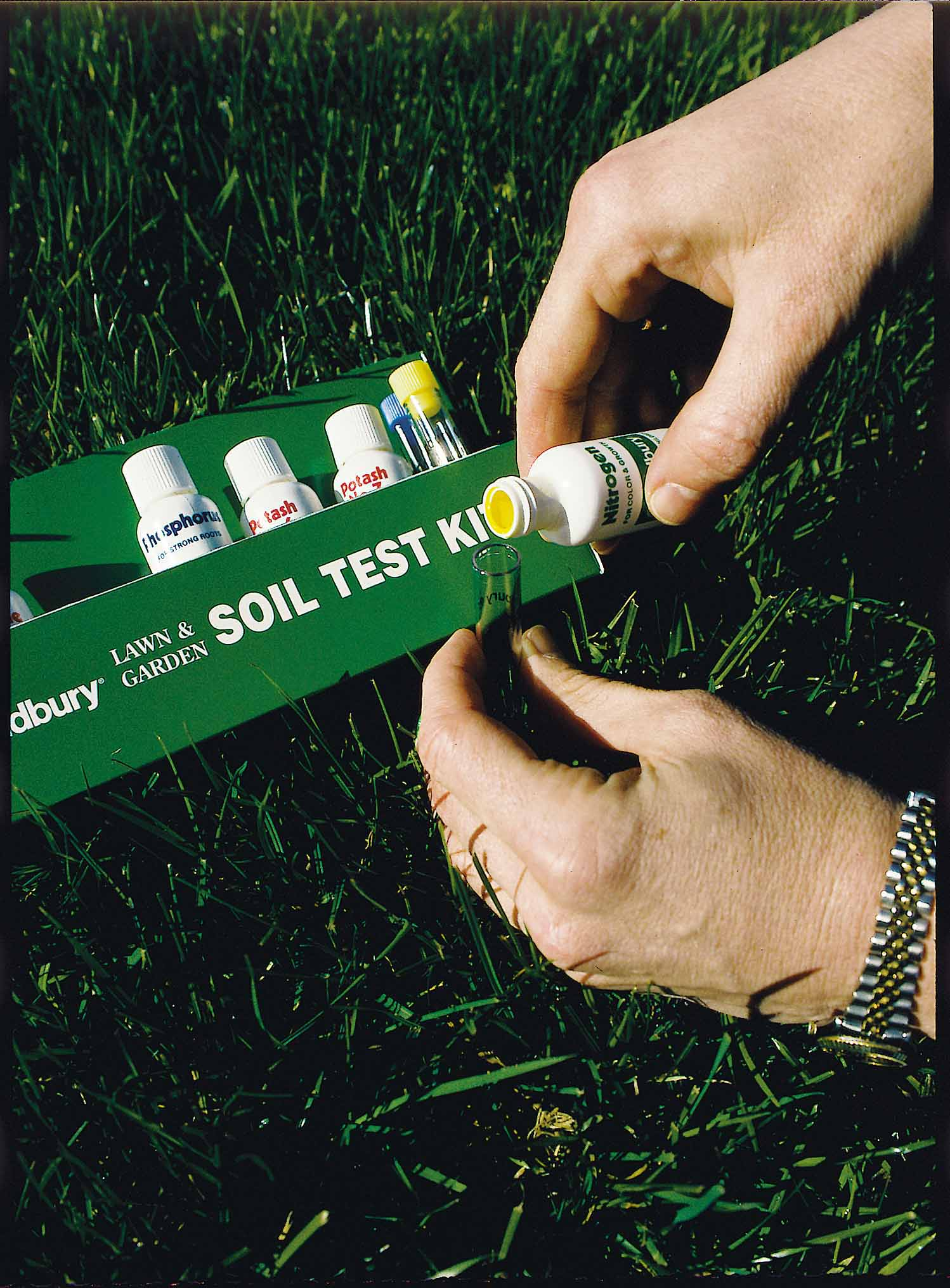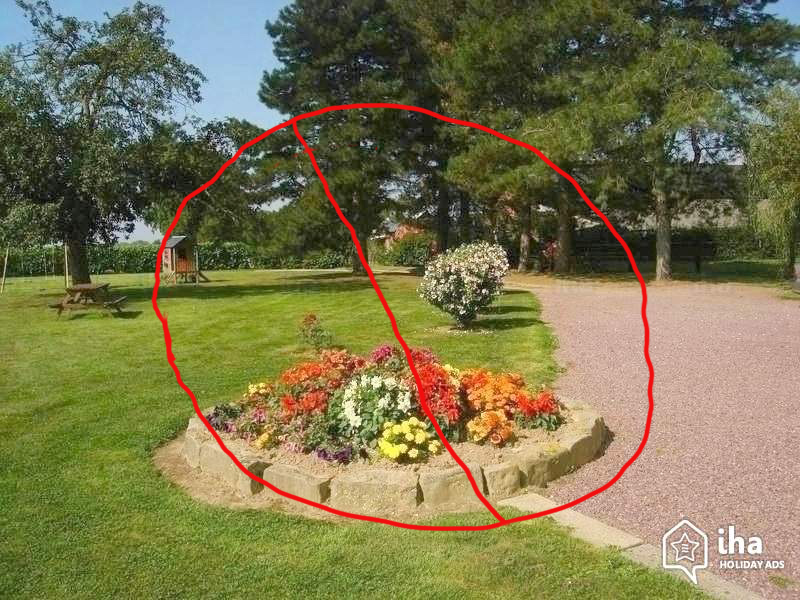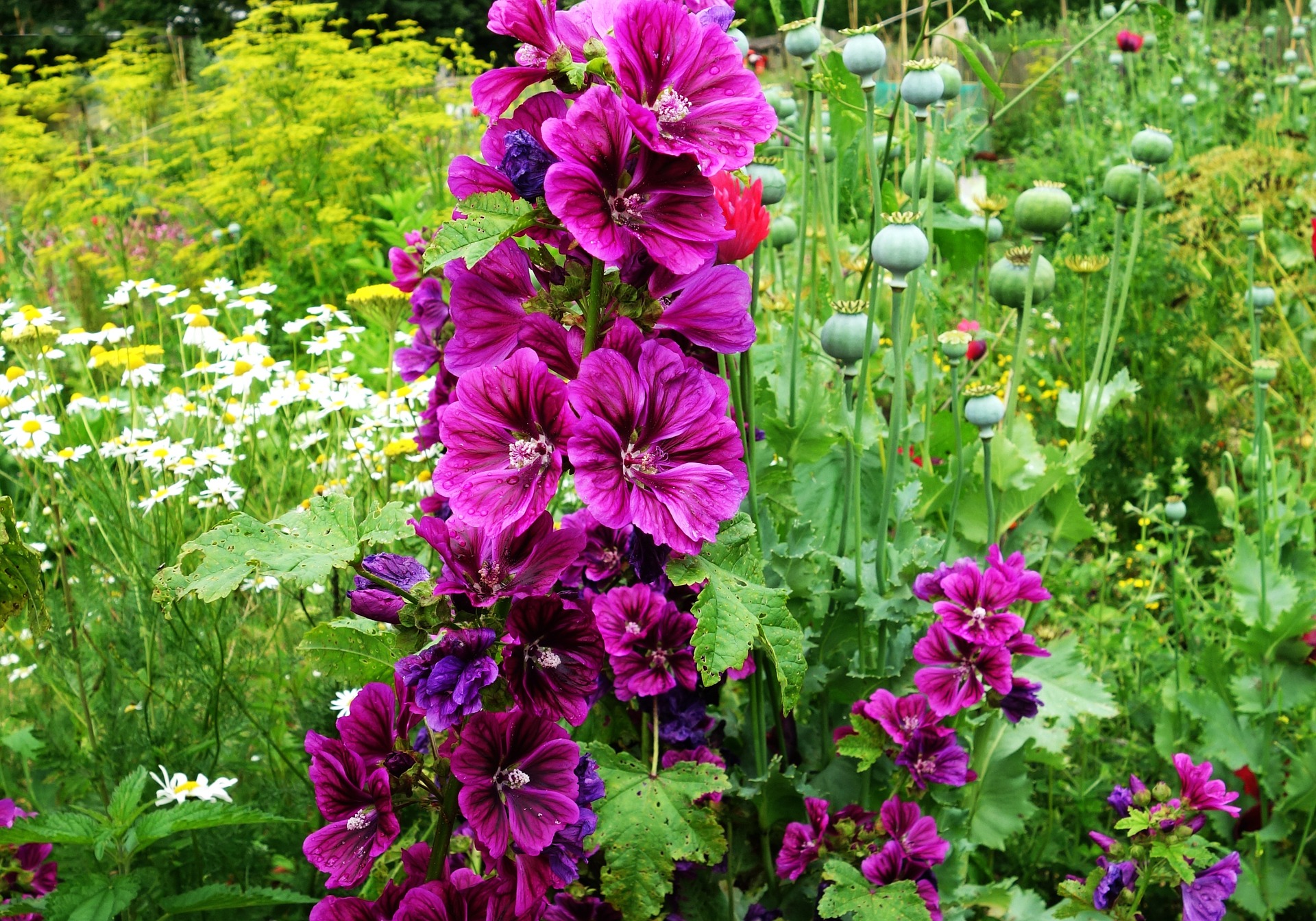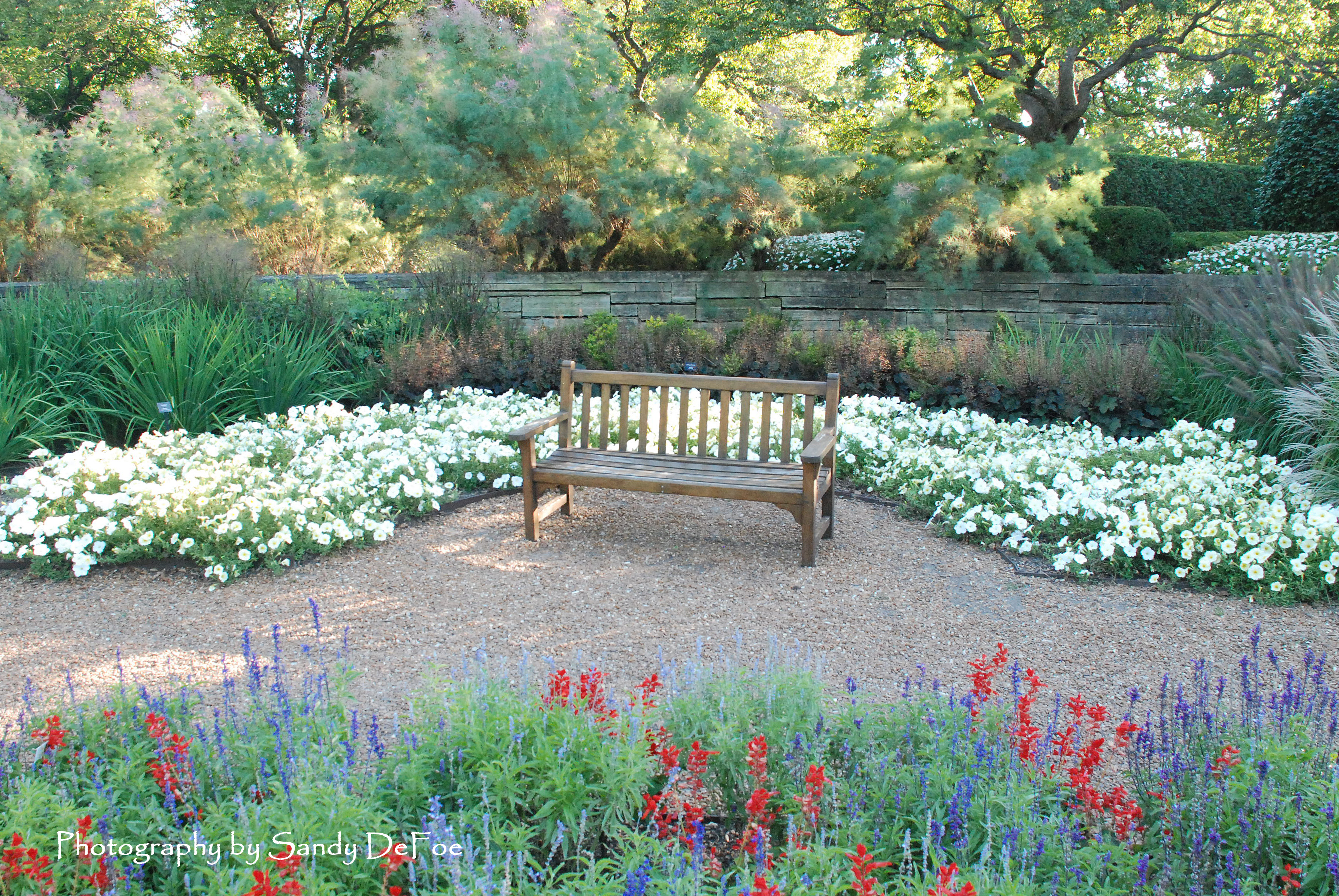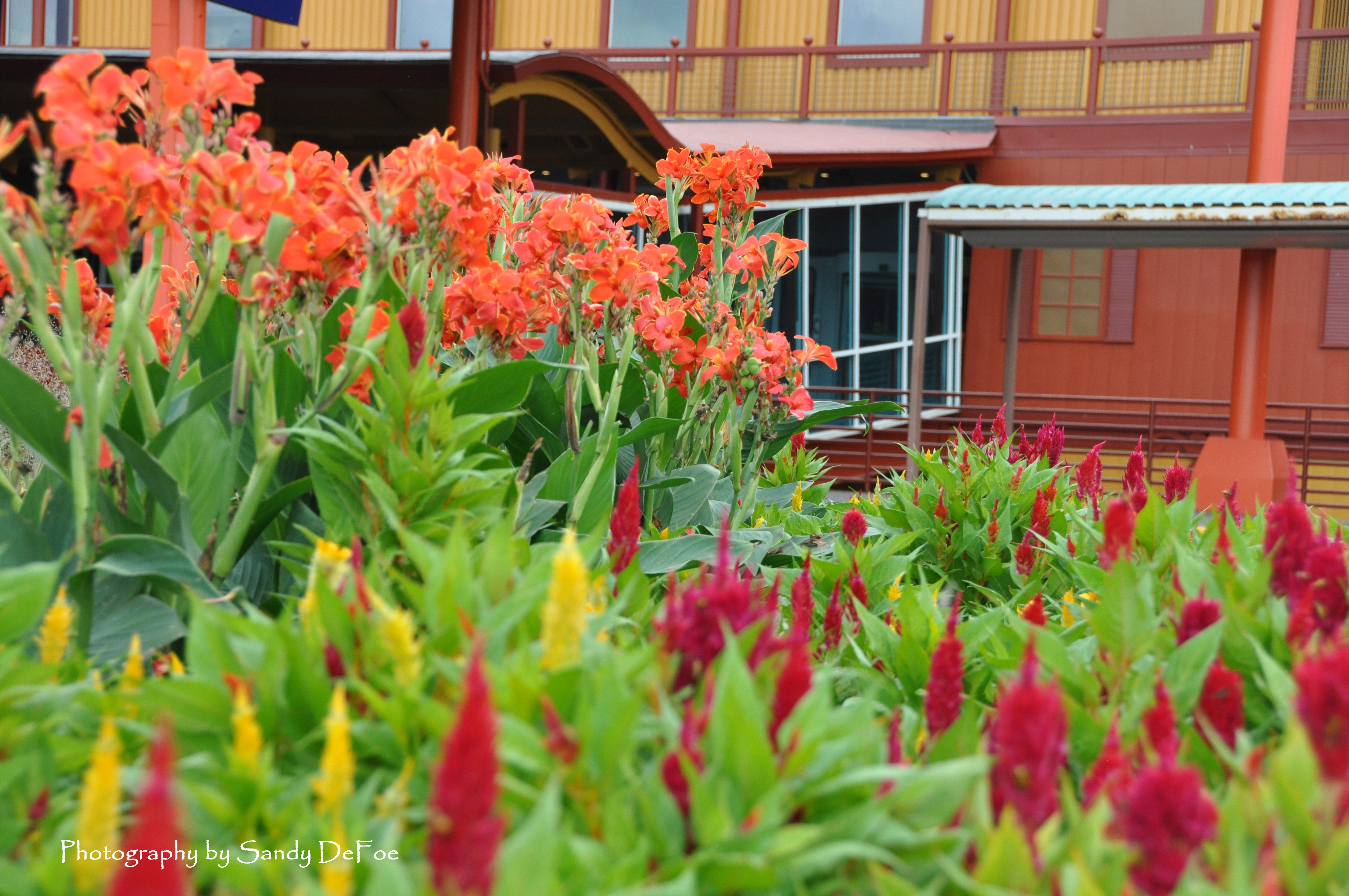I regularly volunteer at our library’s used book sales. It’s fun sharing recommendations with fellow readers and I find that many readers tend to be gardeners as well. In my mind, that’s the perfect combination of characteristics!
This past weekend I was chatting with a young couple who had just bought their very first house and were excited to begin, in their words, “Working in our yard.” One of the projects they planned was to put in a flower bed that they could see from the window over the kitchen sink. They chattered on enthusiastically about what they were going to plant, but as I listened, it became apparent they had absolutely no idea how to plan or plant a simple, basic flower garden. What they envisioned just wasn’t going to happen in the space they were describing.
Our conversation got me thinking about first gardening experiences in general. Complete and utter failure can quickly quench gardening fervor in the inexperienced, robbing our pollinators of another potential habitat and our world of another spot of beauty. With habitats disappearing and insect species declining, it seems important to nurture the gardening spirit in the novice gardener. So, with that in mind, we are going to go back to the basics.
Let’s plan a flower garden — a very first garden.
The first (and most important) step to a gorgeous garden is to KNOW THE SITE.
Concentrate on light; learn how much sunlight the bed will get. Is it in full sun, which means at least six hours every day? If it is, when do those six hours hit — 8 AM until 2, or 12 PM until 6? Those two time frames call for very different types of plants. On the opposite end of the spectrum are those spaces that sit in complete or almost complete shade all day. Plants for a shade garden are vastly different, typically much more delicate, than those for full or even partial sun beds.
While you are figuring out how much sun the area receives, pay attention to what kind of sun it is. Will the plants have the sun directly beating down on them all day, or will they sit in dappled sunlight? Do trees or shrubs or even buildings provide shade for part of the day? If so, which part and for how long? Will the shading shift as the growing season progresses? Trees in partial leaf, for example, throw a different cast than when they are in full leaf.
As you are monitoring the light, study the soil too. Soil for annual flower beds and most perennial beds should be rich with organic matter and should drain well. (Native plantings have different soil and nutritional requirements. Watch for future articles on preparing beds for native plants.) Part 2 of our Digging Into Dirt series, published March 6, 2018, is an excellent resource on the common soil types, how to recognize each type and how to make soil improvement. I’ve included a link to that article for your convenience.
https://www.embassylandscape.com/blog/digging-into-dirt-part-2-what-kind-is-it/
If, after reading our information on soil, you are still uncertain about your own, we strongly suggest having the soil tested by a laboratory. Testing is the most accurate way to determine the type of soil in your bed and exactly which nutrients your soil may need. State extension services typically offer soil testing at very reasonable rates and will provide exact instructions for taking the samples. Paying a few dollars for a sample can save you quite a bit of money in the long run if you can avoid buying expensive and unnecessary soil amendments.
Plants need to obtain adequate but not excessive moisture to survive, so be sure and check the soil’s ability to hold or drain water. A quick test of the soil’s water retention is to take a handful of soil in your hand and shape it into a ball. If the ball immediately falls apart, then the soil will not hold adequate water for your plants. If the soil forms a hard lump, then it is probably clay and will hold too much water, potentially drowning (or starving) your plants. If the soil stays in a ball, but crumbles at a light tap, you probably have a loamy soil which will hold enough water but also drain well.
Finally, seriously analyze the location of your intended bed. Does the placement make sense and fit with the rest of the yard? Will it create a focal point or connect to another feature in the landscape, or is it just sort of hanging out by itself? Will the placement be convenient for watering? For weeding? Is it in the middle of an important, well-traveled pathway, making it difficult to get from one space to another? Hauling bags of trash around a bed may not seem like an inconvenience now, but you may feel differently in the pouring rain or blazing sun.
Once your site is thoroughly analyzed, then it is time to get to KNOW THE PLANTS.
Not all plants flourish in all conditions. Take the time to research what environmental conditions various types of flowers need. Knowing this before you purchase any plants helps you select flowers that you love, and more importantly, that will flourish in your garden. Choosing easy to grow varieties with long bloom seasons helps to ensure success. Having a beautiful garden the first time encourages novice gardeners to expand their efforts and try something new and perhaps just a little more ambitious.
Flowering plants can be divided into three broad categories: annuals, perennials and biennials.
Annuals complete their entire life cycles within one year; they germinate from seed, grow, bloom and die in one season. Annuals must be replanted every spring which allows for easy changes in the garden, but also means more expense each year. Annuals often reward you with a profusion of blooms all summer long.
Perennials live more than one season. They grow, bloom, die back in the winter and then re-emerge the following spring to repeat the cycle. Most perennials bloom for a shorter time frame than annuals, typically 4 to 6 weeks. They are more expensive (per plant) than most annuals, but live for multiple seasons. Many have specific environmental requirements.
Biennials have a two year life cycle. The first year, leaves and stems appear. The plant goes dormant over winter and reappears to bloom the following year. Biennials are less common than either annuals or perennials.
Although all three categories of plants can bring beauty to the garden, annuals are usually recommended for new gardeners. They offer season long, dynamic color, require little summertime maintenance beyond watering,fertilizing and deadheading, don’t need overwintering and are readily available to consumers. Annuals offer novices the opportunity to easily change their designs and color schemes since they are replaced every year.
If you know your site and you’ve learned your plants, then it is time to consider the DESIGN.
Veteran gardeners typically enter the spring season with an outdoor atmosphere and a color palette in mind. They know whether their gardens will be places of vitality and adventure or oases of quiet contemplation. Making these decisions in advance helps prevent impulsive purchases that result in a chaotic hodgepodge instead of an harmonious display.
A garden’s predominant colors help to determine the mood of the garden. Colors can be divided into two groups — warm colors and cool colors. Warm colors are made up of reds, oranges and yellows; they are vibrant and tend to jump out at you. Warm colors are stimulating to the senses and liven up a space.
Cool colors, the blues, greens, greys and light purples, are calming and tend to recede into the distance. They relax you and invite you so sit and enjoy the view. Using similar colors in a design gives a sense of peaceful unity, while using contrasting colors, those across from one another on a color wheel, creates a sense of dramatic excitement.
Other elements to consider as you design your bed are the mature height and shape of the flowers. A controlled variety of heights and shapes that blend into one another adds interest to the bed and helps the eye travel from one section to another. Combinations of contrasting shapes tend to give a feeling of lively movement, while masses of similar shapes communicate tranquility.
Finally, design your garden by placing plants in odd numbered groupings (for example, three, five or seven) for the greatest visual impact. Use only a few of your favorite varieties to avoid an unfocused look and repeat plant groups several times to create a sense of unity. Avoid long straight rows of plants. Instead, subtly blend plant groups together by occasionally interplanting them.
Planting a first garden, whether a very first or just a first in the space, is an exciting and important event. I hope my young friends have success this year and have many more first gardens in their future!
